Two Michigan Tech researchers study exercise habits, health and whether standing or sitting while working affects how arteries stiffen.
By now you’ve probably heard the edict from the health community: Sitting is the new smoking. Perhaps you’ve converted to a standing desk, or maybe you have a reminder on your phone to get up once an hour and walk around the office a few times.
But are there consequences to your arteries whether you’re sitting or standing? Two researchers at Michigan Technological University have set out to answer this question.
Shock Through the Heart
John Durocher, assistant professor of biological sciences, and Ian Greenlund, a master’s degree student in biological sciences, have spent the past few months conducting physical tests on volunteers to determine whether sitting or standing has an effect on the stiffness of arteries.
As humans age, our arteries gradually stiffen. Consider a garden hose versus a narrow steel pipe: The walls of the hose are flexible, while the narrow steel pipe has no give. When our heart contracts, it not only pumps blood into our arteries, it creates a pulse wave. This is what you feel when you find a pulse at your wrist or neck. This wave is a pressure that moves through the walls of our arteries at a flow velocity of about four to six meters per second as the blood vessels expand and recoil.
In people with prehypertension or hypertension, the stiff arteries act as rigid and dense conduits, and the pulse wave velocity quickens to 10 meters per second or higher. Remember in grade school when you learned sound waves travel faster through solid objects? The same principle applies to the pressure waves in your arteries.
With each pulse wave that is created, a reflected wave is sent back toward the heart as our large arteries branch off into smaller arteries. Reflected waves are not always a bad thing. It’s the timing of the reflected wave that can pose an issue. If the rebound of that pressure wave returns to the heart during diastole—when the muscle relaxes—it can help supply more blood through the coronary arteries to better oxygenate the heart muscle. But if the reflected wave comes before the end of systole—when the heart contracts—it can increase the aortic blood pressure.
“Essentially the heart has to work harder and contract more forcefully,” Greenlund says. “If that happens over a long period of time, it can lead to heart failure or a heart attack.”
To determine whether standing or sitting for work influences arterial stiffness, Durocher and Greenlund studied 48 people classified into four groups—stands most of the day for work and is physically fit, stands most of the day for work and has lower fitness levels, sits most of the day for work and is physically fit, and sits most of the day for work and has lower fitness levels—over the course of nine months.
"What I’m interested in is to see what people can do to live a healthier lifestyle. There are a lot of little choices we can make. One might be standing, one might be taking a walk at lunch time, one might be eating better, one might be getting better sleep."
To determine a baseline of fitness and activity, participants in the study wore accelerometers around their wrists for two weeks to track their sleep and activity (much like a FitBit), as well as participating in a Rockport walk test to gauge fitness levels. Greenlund also measured distances from the suprasternal notch (that divot between your collar bones at the base of your neck) to the radial, carotid, femoral and dorsalis pedis arteries at the wrist, neck, groin and foot, respectively. Taking these measurements allows the researchers to estimate a pulse wave velocity in meters per second.
Durocher and Greenlund also took resting blood pressure measurements using applanation tonometry—a pencil-like device placed against the artery of interest. Finally, participants were measured on a scale that uses bioelectrical impedance to calculate body fat content by passing a current through the body. Fat is water-poor and so has higher resistance to the current; more impendence indicates higher body fat.
Using all of these measurements, as well as a questionnaire about weekly physical activity, the researchers are able to calculate how stiff a person’s arteries are and examine differences between seated and standing groups along fitness classifications.
Lifestyle Choices
In this study, researchers did not find significant differences when comparing seated and standing desk groups across fitness levels. However, with the help of Min Wang, associate professor of mathematical sciences, the researchers employed a step-wise linear regression analysis on multiple predictors to determine which variables were more likely to result in increased arterial stiffness.
Carotid-femoral pulse wave velocity, which estimates stiffness within the central region of the body and is considered the gold-standard indicator of arterial health, was best predicted by age, followed by waist circumference. Essentially, younger participants in the study with trimmer waists experience lower pulse wave velocities, indicating more supple arteries. Additionally, leg pulse wave velocity values were best predicted with fitness levels, followed by waist circumference—fitter participants in the study with trimmer waists experience lower pulse wave velocities.
These results, and others, indicate that arteries stiffen with age. However, there are particular lifestyle interventions like exercising more often, increased physical activity and healthier eating that may help to reduce waist circumference and increase fitness. While standing at work does not appear to have a direct benefit on arterial stiffness, it is apparent that healthy lifestyle choices can reduce cardiovascular risk.
The moral of the story is this: Instead of spending the Thanksgiving holiday parked in front of the TV watching the Lions play the Vikings, get up and throw the pigskin with the relatives. Go on a walk. And don’t wait for the New Year to resolve to spend more time standing than sitting.
Michigan Technological University is an R1 public research university founded in 1885 in Houghton, and is home to nearly 7,500 students from more than 60 countries around the world. Consistently ranked among the best universities in the country for return on investment, Michigan's flagship technological university offers more than 185 undergraduate and graduate degree programs in science and technology, engineering, computing, forestry, business, health professions, humanities, mathematics, social sciences, and the arts. The rural campus is situated just miles from Lake Superior in Michigan's Upper Peninsula, offering year-round opportunities for outdoor adventure.
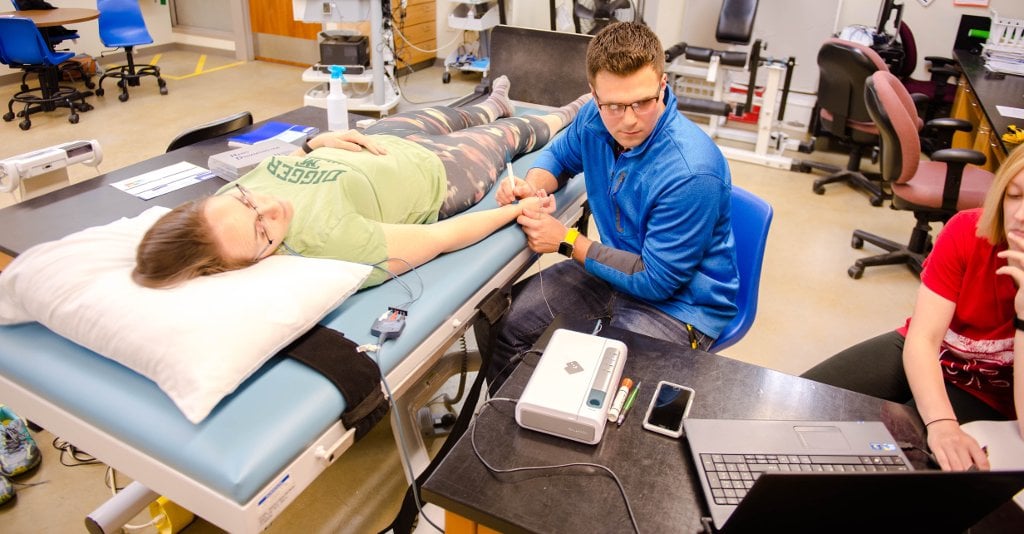

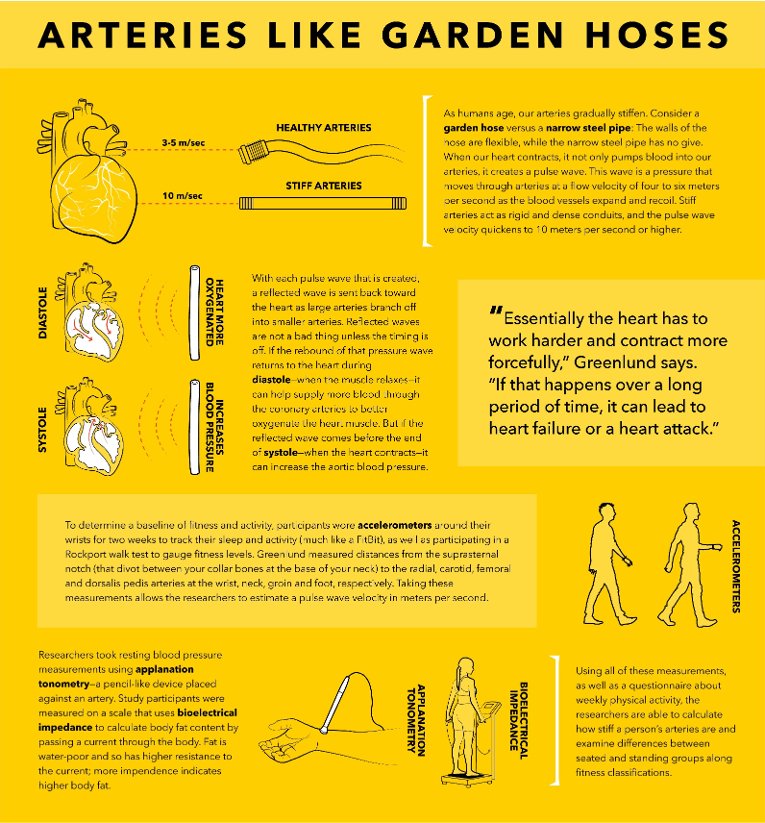
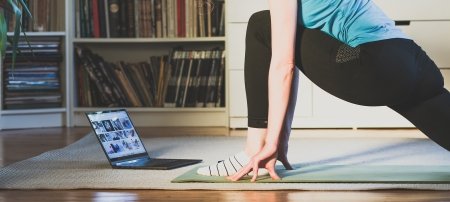

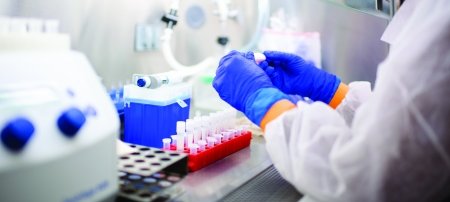
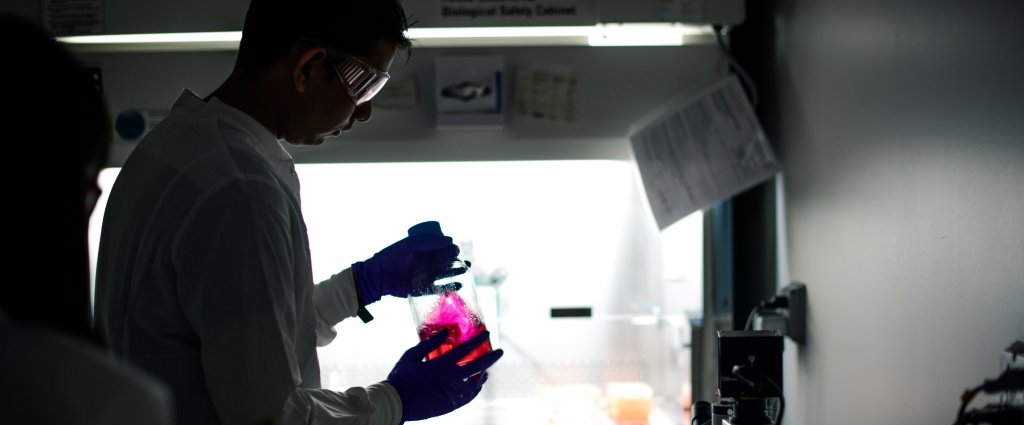
Comments